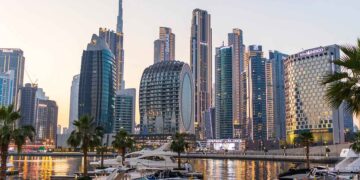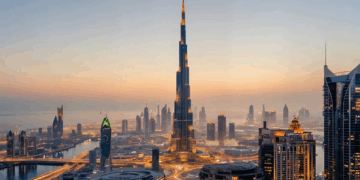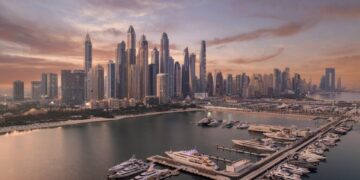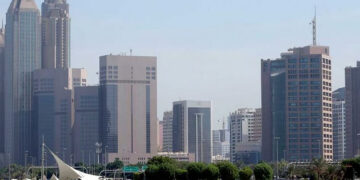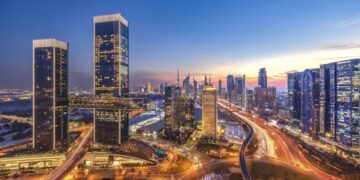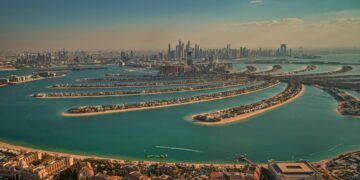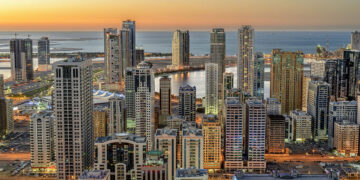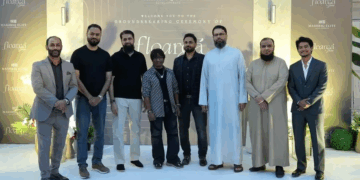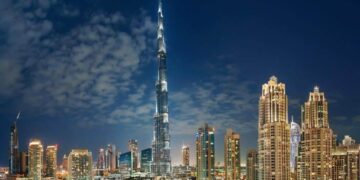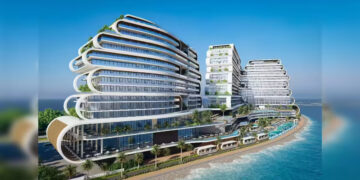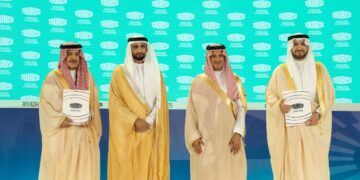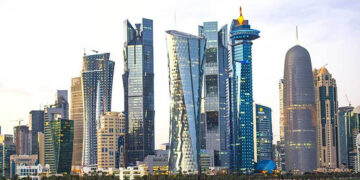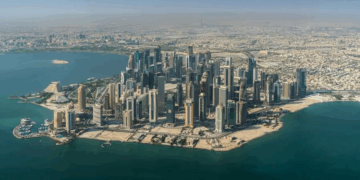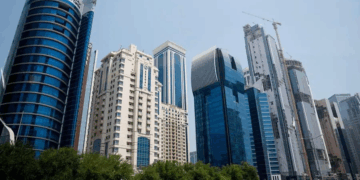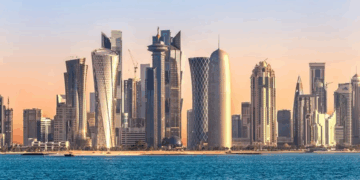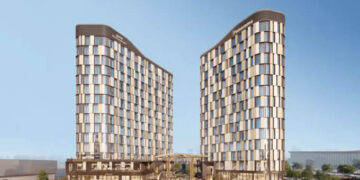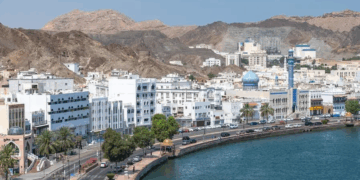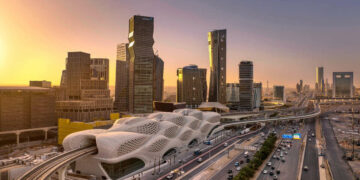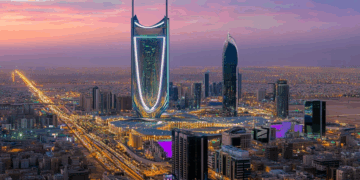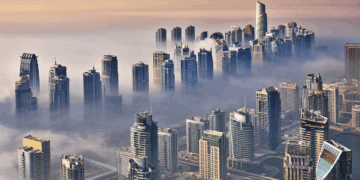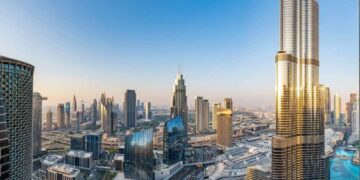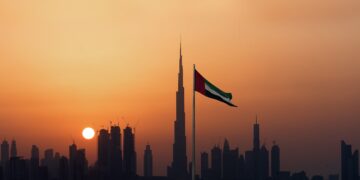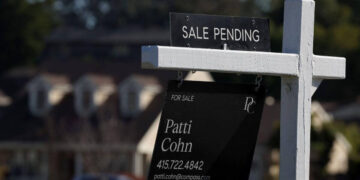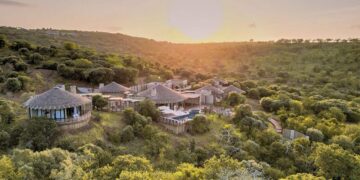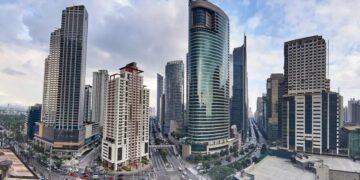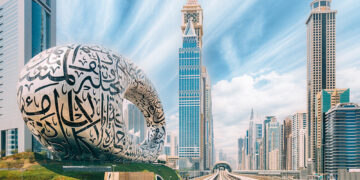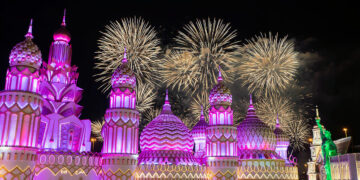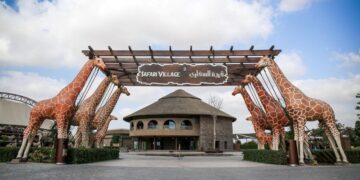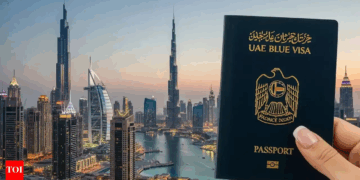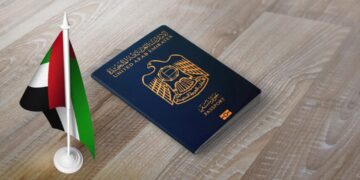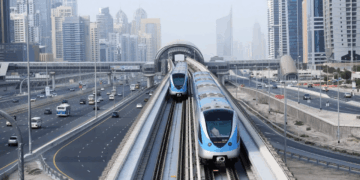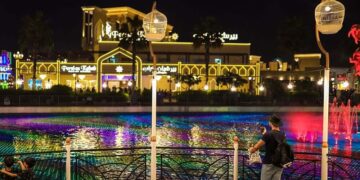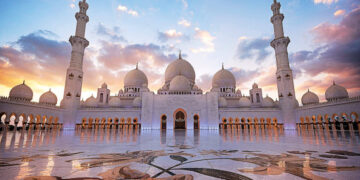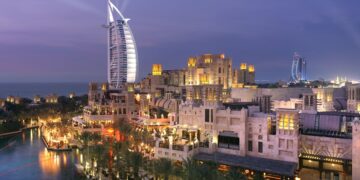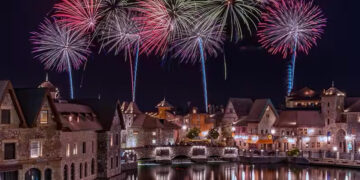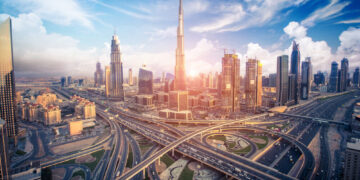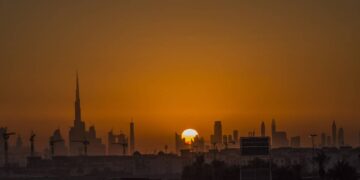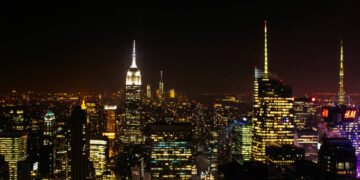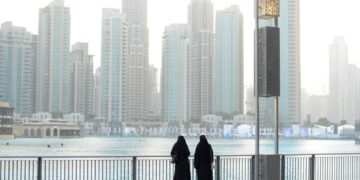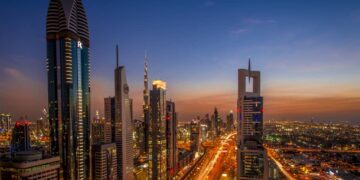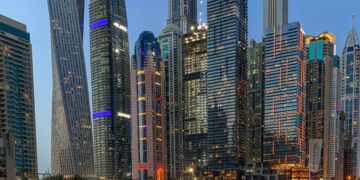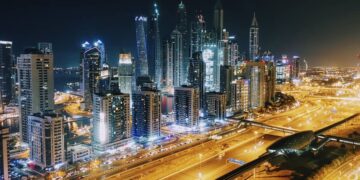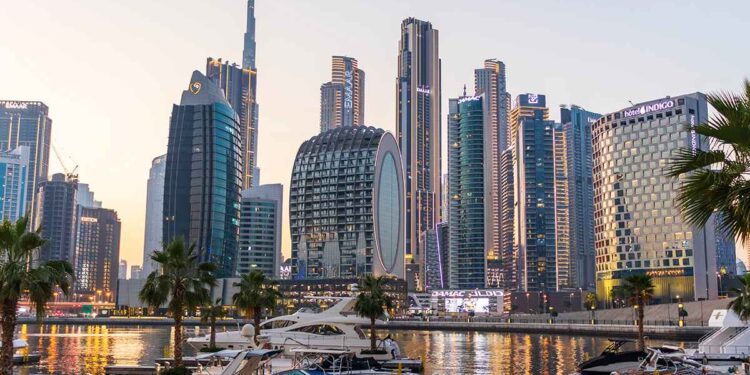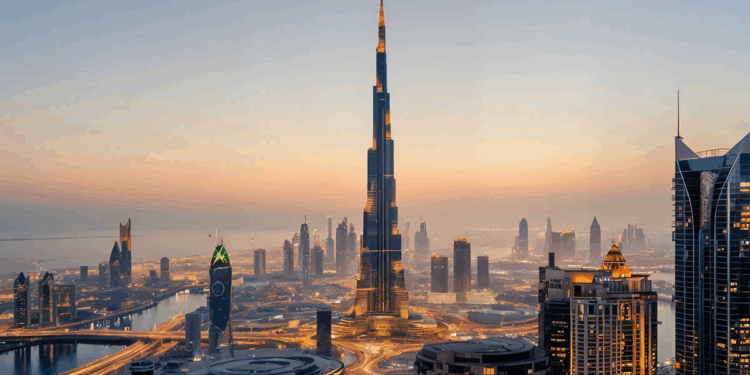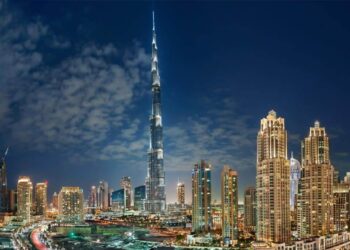Dubai’s branded residences market is growing at an unprecedented pace, solidifying the city’s position as the world’s leading hub for luxury real estate tied to top global brands.
“The demand for branded residences in Dubai has surged, with buyers willing to pay up to 69 per cent more per square foot compared to non-branded residences in the same locations,” Omar Elammary, Partner at Driven Properties said in an exclusive interview with Arabian Business.
Record growth in branded residences
According to Global Branded Residences (GBR), over 13,000 brand units were sold in 2024, up 43% compared to 2023. Dubai’s Branded residential Inventory currently has over 132 developments and over 43,000 units, more than double that number over the next five years.
GBR data also showed that brand residence premiums in the first half of 2023 increased 96% compared to the second half of 2022.
High-net-worth individuals (HNWIs) are the mainstay behind the increase, looking for a combination of stability, exclusiveness and investment.
“A main contributor is the flourishing prevalence of branded residences across the city due to an increase in high-net-worth migration,” Elammary said.
“This is driven by the UAE’s stable business, political environment, and luxury lifestyle attractions, attracting the ultra-rich seeking a haven for their wealth and wellbeing,” he added.
The less flexible and restrictive land in Dubai compared to the most important European capitals is called an additional factor for growth. “Architects and developers enjoy creative freedom to construct edifices that match their imaginations. In Dubai, compared to congested cities like London, Paris and Madrid, land constraints across the emirate’s highly sought-after central locations, such as Jumeirah Bay Island, are far fewer, adding to the city’s allure for luxury-branded residences,” he explained.
Brand properties have also shown resilience during market volatility, improving their strong capital growth and appeal to investors looking for limited assets.
Who is buying?
The majority of buyers are international investors from Russia, China, India, and Europe, according to Elammary. “They are mainly attracted by its tax-free environment, lifestyle, and political stability. Many are under 50, with growing interest from younger wealth segments and new tech entrepreneurs.”
In Dubai, over 81,200 billionaires live in 237centimillionaires and 20 billionaires. The number of ultra-high-net-worth values (UHNWIS) is expected to increase by 30% by 2028, and continues to expand the sector.
“Global mobility has played a crucial role,” Elammary said. “The city’s safe haven status, combined with the flexible residency options, has made it a magnet for mobile capital and affluent individuals seeking both investment and lifestyle.”
Brand association has become central to purchasing decisions, he explained. “Brand association brings trust, quality, and exclusivity. Hospitality names like Four Seasons, Atlantis the Royal, and Bulgari offer not just real estate but an entire lifestyle ecosystem.”
Additionally, cross-industry branding, from fashion to automotive and luxury watches, is increasingly influential.
“Projects like Armani Beach Residences, Bugatti Residences, and Jacob & Co. Residences showcase how iconic brands extend their identity into the built environment. For many buyers, these developments are not just homes — they’re expressions of lifestyle, legacy, and alignment with a particular aesthetic or ethos,” he said.
Investor vs end-user demand
Branded residences appeal to both investors and end-users. “They appeal to elite groups who seek second homes as investments, a secure asset, or simply for an unparalleled, upscale lifestyle,” Elammary said.
He believes that the sector’s resilience during the pandemic reinforced buyer confidence. “The established branded residences proved their stability and resilience through the global pandemic, due to the substantial added value they offered.”
Personalisation is increasingly in demand. “At the heart of branded residences is the exclusivity they offer. Apart from standing out for their bespoke services, these residences maintain a distinctive identity,” he explained. “Every space, while individually crafted, embodies the brand’s core values, with every aspect of the development from interiors to the overall living experience curated with utmost perfection.”
Currently, there are 51 brand residences in Dubai, with 70 of which expected to be between 2028. More than three-quarters of the future start are not related to the hotel.
Developers and brands are expanding partnerships to meet demand.
Despite rapid growth, Elammary believes there is still room for expansion. “Developers are responding to a sustained ‘real’ demand for prestige branded residences, which continues to outpace the current supply.”
Looking ahead, new sectors are entering the branded residences market. “We are seeing increasing involvement from fashion, automotive, and even tech and wellness sectors,” he said.
“This includes developments such as Bugatti Residences, Baccarat Residences, and potentially upcoming tech-branded homes. The future is multi-disciplinary, where luxury living meets lifestyle branding, wellness, sustainability, and personalisation at scale,” he concluded.
Earlier this month, the Arabic Business reported that Saudi Arabia also recorded a significant increase in demand for branded housing. A recent report by Knight Frank report that Saudi citizens and expatriates are planning to spend SAR3.57 billion ($953 million) on the Saudi Arabia’s Residential market.
More than two-thirds of Saudi citizens expressed interest in purchasing branded residences. Knight Frank found that interest in brand residence correlated with income and social status.
